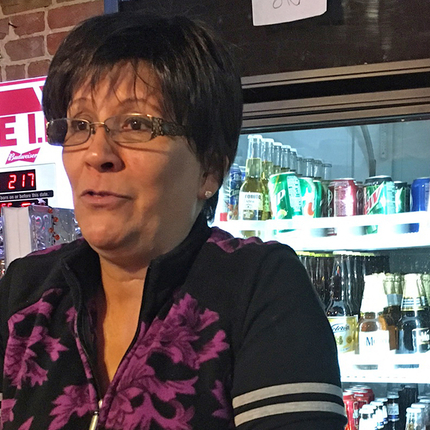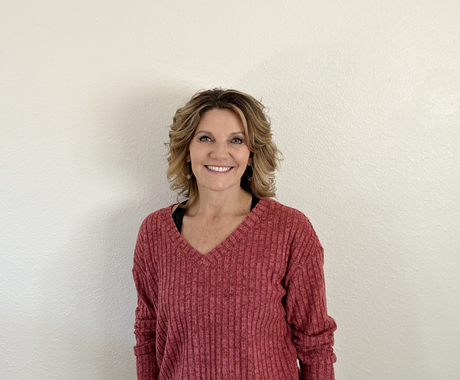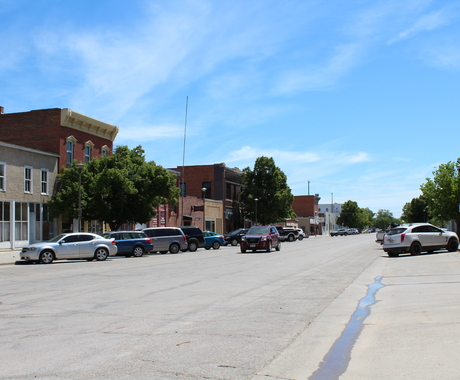Reprinted with permission from Nebraska Rural Living
The faces of rural Nebraska have changed during the past 20 years as immigrants from many countries seek to live, work and raise families in the Midwest’s small towns and wide-open spaces.
Immigrants are opening businesses, shopping, working and making an economic impact in rural Nebraska. Communities that may have slowly disappeared from the map are now thriving because of diversity. And in some communities, the minority has become the majority.
However, with change comes the possibility of conflict, bias and misunderstanding because of cultural differences. And, despite the changes in population, often the minority voices still aren’t represented on city councils, school boards and in other leadership positions in rural communities.
The Center For Rural Affairs is helping towns across Nebraska see the benefits of embracing diversity, which will help rural communities grow and thrive in the future.
Carlos Barcenas works as a community organizer for the Center For Rural Affairs and equips community leaders to become culturally competent with the Diversity Inclusion Leadership Program. The program teaches leaders to work through differences, whether it be differences in nationality, ethnicity, religion, gender or age.
“The program helps leaders in the communities have the skills to work with so many differences and to make decisions that impact their community without any biases,” Barcenas said. “How do we have this conversation with community leaders so that, at the end of the day, they make decisions to help impact the community for the better?”
Leadership training to start conversations
The Center offers leadership training for both minority and majority leaders and offers educational workshops to communities and organizations to get the conversation started. But, Barcenas said, the real work happens with individuals.
Sometimes, he said, an organization may participate in diversity training just to mark it off the to-do list, and the work stops as soon as the training and paperwork ends.
“I don’t believe you can change a community without changing an individual,” Barcenas said. “We believe this is where change happens. As we empower leaders, they will be able to change their organization.”
Barcenas works one-on-one with individual community leaders after they complete an Intercultural Development Inventory. The inventory is a national program translated into 17 languages that facilitates cooperative conversations and actions directed toward growth rather than judgment and resistance. A customized Intercultural Development Plan then guides the participant through activities and self-reflections that build intercultural competence.
Changes have already begun
The individuals who take part in the inventory then spark changes in their communities.
In Hastings (pop. 24,907), where about 10 percent of the population is minority, individuals created a welcoming center and an inclusion steering committee after working with the CFRA.
Barcenas said in Hastings they will “continue to have culturally competent leaders that can take a look at the differences and continue to have the conversations about race.”
In Schuyler (pop. 6,171), where nearly 70 percent of the population is Latino, the inclusiveness training sparked the formation of Comite Latino de Schuyler, a nonprofit organization that brings people together to be a sounding board for Anglo and non-English speaking community.
In November, Mynor Hernandez became the first Latino elected to the school board in Schuyler.
“I have an 8-year-old son, and I got interested in the school and saw improvements over the last few years in state-wide scores,” he said. “I saw a need for more parental involvement in the schools, and a greater buy-in by the community. I saw changes occurring, and I got more involved to see the good trend continue. I help parents find a way to involve themselves with their children’s education.”
Hernandez said the Comite Latino de Schuyler group encouraged people to vote in the November election and succeeded in registering more than 200 new voters.
Hernandez, who works in Columbus at Becton Dickinson, said Latinos have helped Schuyler and other Nebraska communities stay on the map.
“The Latino community in Schuyler grows,” he said. “The children go to college and come back because their families live here. The small towns in Nebraska with population increases are in Dawson (Lexington), Platte (Columbus), and Madison (Norfolk) counties where Latinos settled. Most individuals live and work here in Schuyler and many own businesses.”
Barcenas said the Center started doing inclusion work about four years ago and has partnered with Justice For Our Neighbors based out of Omaha, Heartland Worker Center of Omaha, El Centro Hispano of Columbus and the Nebraska Appleseed in Lincoln.
Training is spreading across the state
The Center worked with Nebraska Community Foundation board members, who have members from across the state. It also has provided training in Grand Island at the request of the Grand Island Community Foundation, which resulted in 68 community leaders taking the Intercultural Development Inventory assessment. About 45 leaders are continuing with the diversity and inclusiveness training.
Photo by Betty Sayers





